Abstract
FPV UAVs and UGVs are both great assets, but come with their own sets of advantages and disadvantages. The small FPV UAVs have a large cognitive load, small payload, and short battery life, but are very agile can move vertically. On the other hand, UGVs have limited obstacle navigation, but a can carry a large payload and has a significantly larger battery. Our goal is to enhance the interoperability between UAV and UGV to facilitate advantages and limit disadvantages.
Problem Statement
We will design a system that allows a UAV and UGV to autonomously travel to each other at the push of a button, and to autonomously land the UAV on the UGV. While the UAV is docked, it will recharge via inductive charging.
Proposal
We will enable the UAV to land on the UGV using Aruco markers, similar to a QR code. In order to land at night or in adverse conditions, the Aruco marker will be visible with a thermal camera. Currently a Raspberry Pi has been selected to process the data from the sensor and send feedback to the UAV.
Our short term solution for the "return to home" feature is a GPS beacon that allows the UAV to navigate to the UGV, or vice versa. Long term, we would like to utilize LiDAR point cloud mapping along with an IMU rather than a GPS.
Challenges and Unknowns
Our major hardware is a docking system that is able to secure the drone to the ground vehicle, within a margin of error that occurs during autonomous landing. Our major software challenge is getting the Raspberry Pi to correct the drone's flight based on the positional feedback from the Aruco marker.

 OUSD Research and Engineering
OUSD Research and Engineering  West Point
West Point